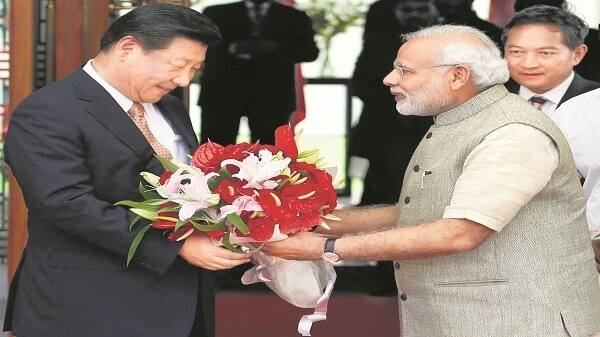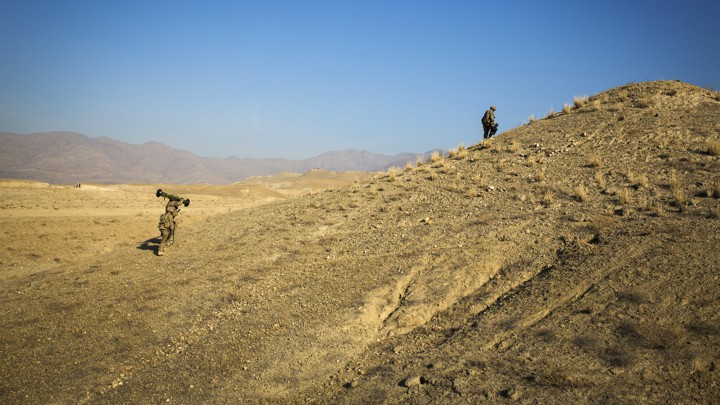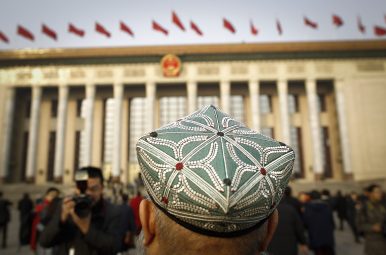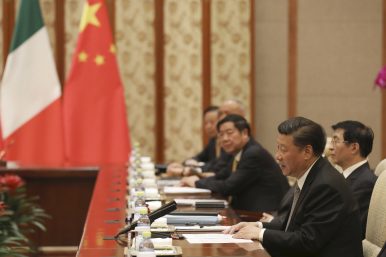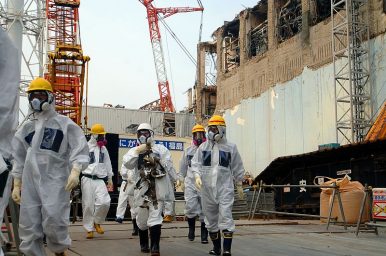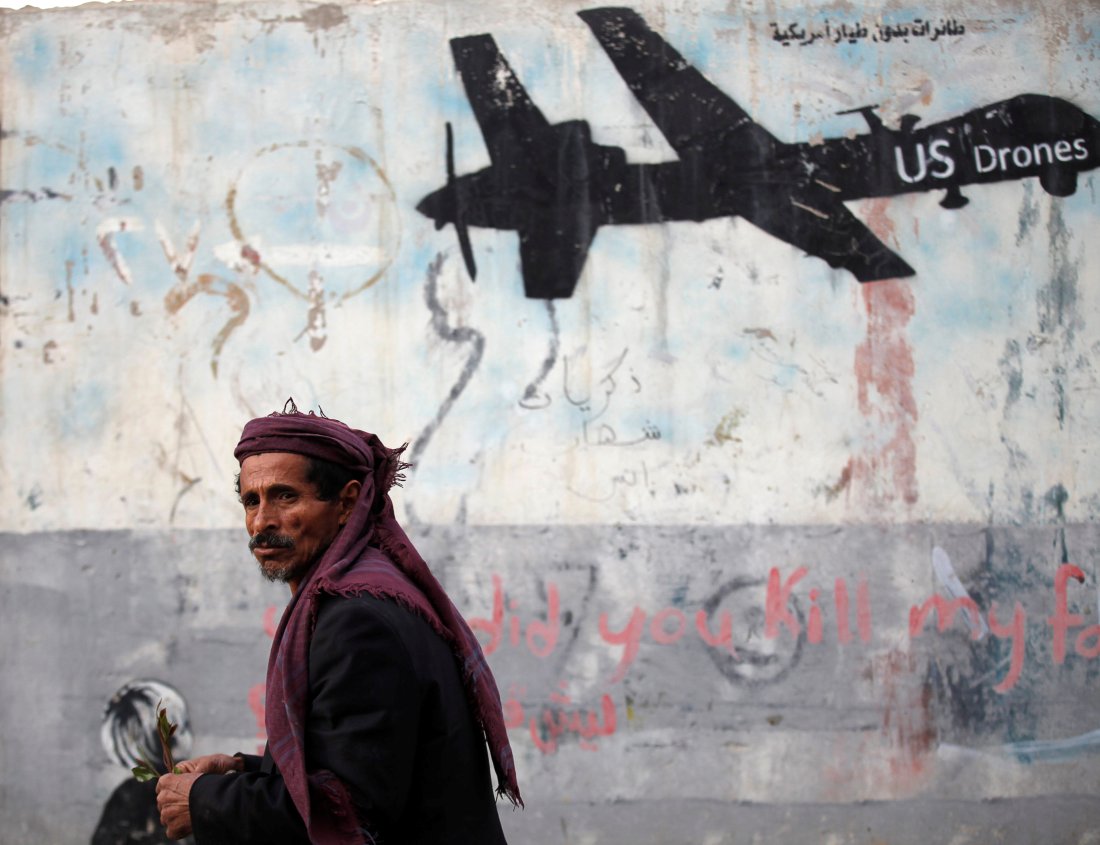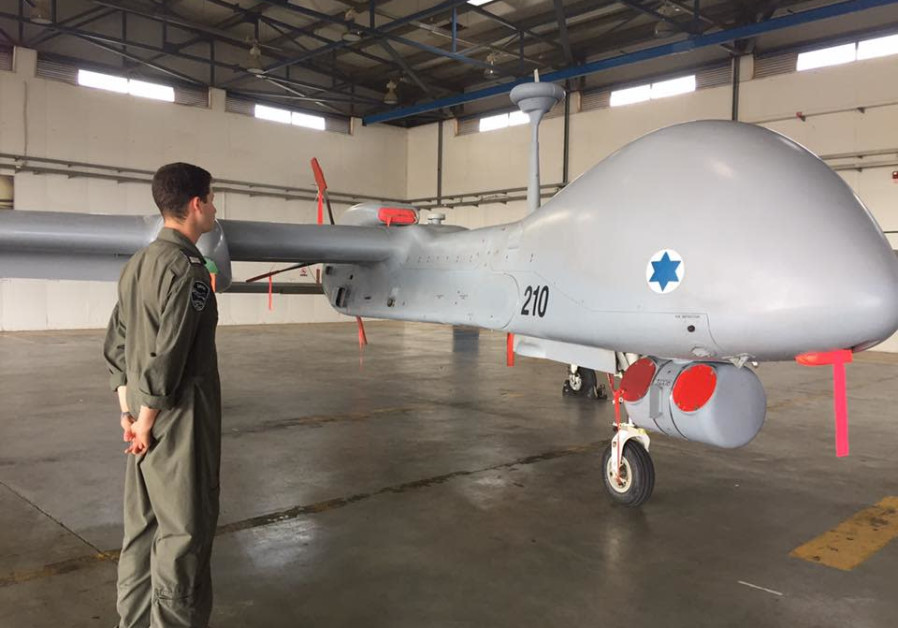By Christian H. Heller
Introduction
Breakout of War
The origins of the Yom Kippur War lie in the Arab humiliation during the previous war with Israel, nearly six years earlier. The overwhelming Israeli victory in the 1967 Six-Day War created a political stalemate in which both sides were unwilling to negotiate from their resultant positions.2 Israel occupied the Golan Heights from Syria and the Sinai Peninsula from Egypt, and the Arabs knew their territory could not be recaptured via direct conflict.3 The new territory gave Israel the defensible borders and strategic depth it previously lacked and it refused to give them up.4 In Egypt, Anwar Sadat faced domestic unrest from a serious lack of state revenue due to the loss of the Suez Canal.5 The Egyptian population demanded “redemption” for their humiliation in the 1967 war.6
